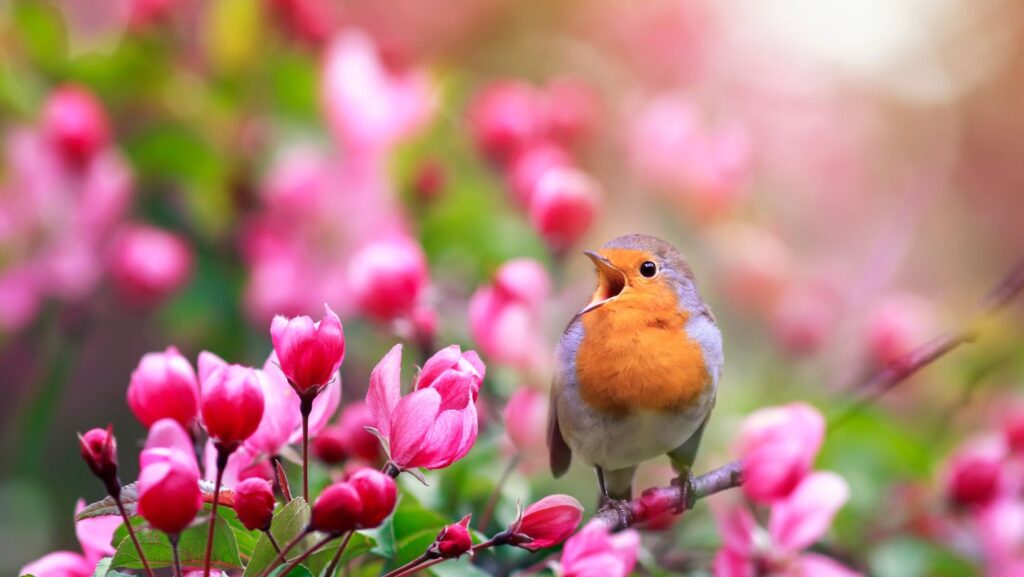As winter’s chill fades and spring’s warmth wraps around us, the changing seasons remind us how deeply connected we are to nature. Traditional Chinese Medicine (TCM) teaches us to harmonize with nature, which rings true during an unusually warm spring. However, our approach to seasonal changes doesn’t stop at TCM. From every corner of the world, people leverage herbal wisdom to prosper through the shifts.
The Spring Conundrum
Spring heralds a time of growth and renewal, energizing the earth after its winter slumber. This rebirth, while invigorating, brings with it unique challenges. TCM associates spring with the liver, an organ that facilitates the smooth flow of Qi (energy), symbolized by the wood element. Disruptions to this flow can manifest as irritability and frustration, reflective of nature’s own struggles against obstacles to its growth.
The unusual warmth of this spring introduces additional complexity, potentially leading to an insufficient accumulation of energy reserves during winter. This can result in heightened feelings of irritability, as noted in clinical observations worldwide.
A Tapestry of Herbal Wisdom
Beyond TCM, global herbal traditions offer a rich array of perspectives and remedies:
- Ayurveda recommends bitter and astringent foods like turmeric and neem to detoxify and rejuvenate the body in spring.
- Western Herbalism champions herbs such as dandelion and milk thistle for liver health, aligning with TCM’s emphasis on supporting this vital organ.
- Native American practices advocate for local herbs like nettle for allergy relief and red clover to cleanse the blood, underlining the importance of syncing with one’s environmental rhythm.
A Case in Point
A vivid illustration of the impact of seasonal shifts is seen in a young individual, burdened by stress and the pressures of daily life, who experienced episodes of intense anger and physical symptoms exacerbated by the season’s transition. TCM interpreted these symptoms as indicators of internal heat and blocked energy flow, exacerbated by environmental factors. Treatment focused on cooling and unblocking the body’s pathways, yielding significant improvements and highlighting the power of holistic approaches in restoring balance.
Integrating Cross-Cultural Practices into Seasonal Adjustments
- Diversify Your Herbal Intake: Engaging with a variety of herbs from different traditions can provide comprehensive support for the body’s adjustment to spring.
- Personalize Your Wellness Journey: Tailoring your regimen to include practices from diverse herbal traditions allows for a more nuanced approach to well-being.
- Engage with Nature: Spending time outdoors, through activities like forest bathing or gardening, nurtures a deeper connection with the earth.
- Community Engagement: Sharing and learning within a community fosters a richer understanding of these herbal practices and their benefits.
Conclusion
This warm spring highlights the delicate link between our well-being and the environment. By adopting insights from worldwide herbal lore, we can smoothly transition into spring, energized and aware. This time of rejuvenation urges us not only to be mindful but also to delve into the vast herbal knowledge that our global heritage offers. Thus, we align not just with nature, but with millennia of wisdom for optimal health and joy.











